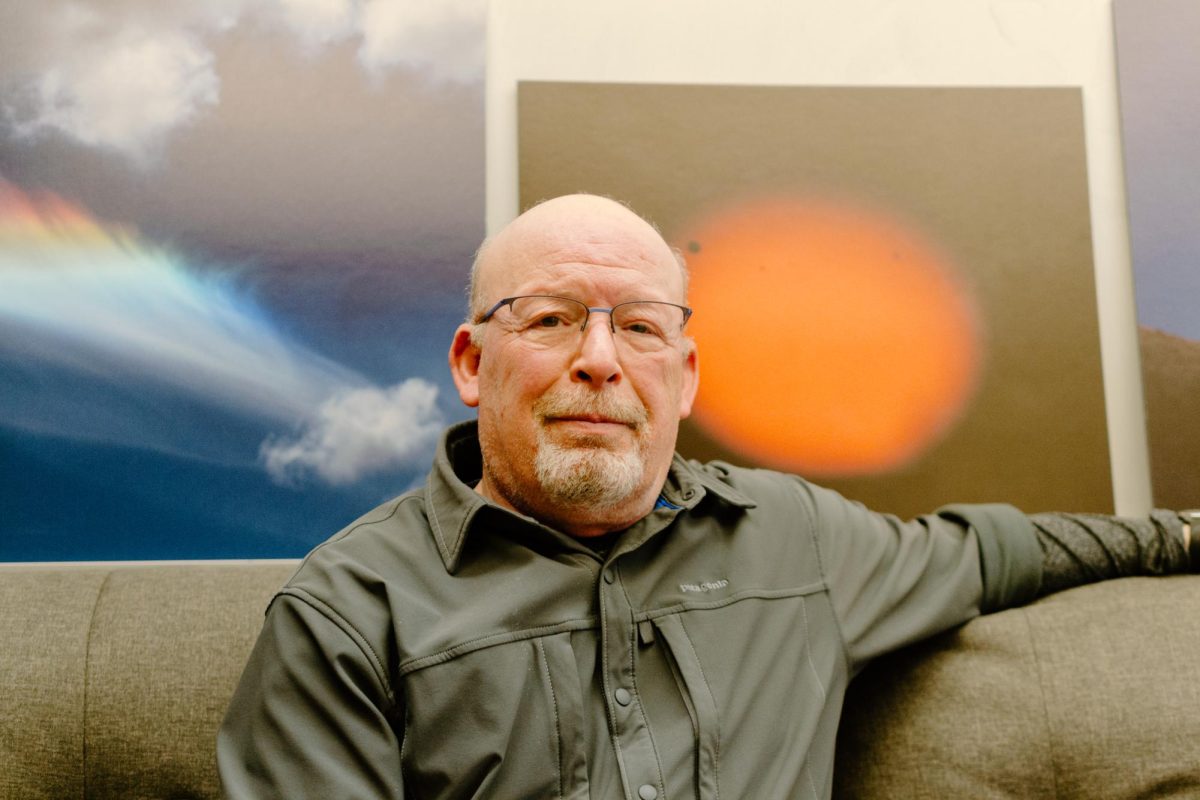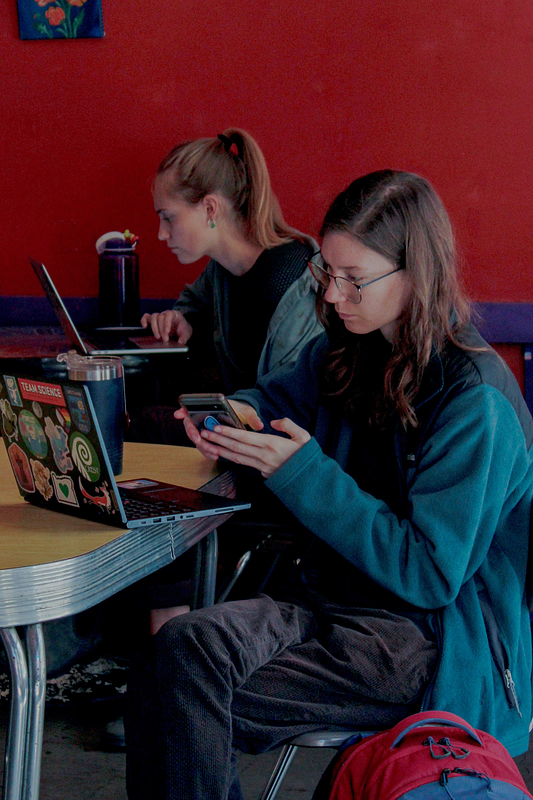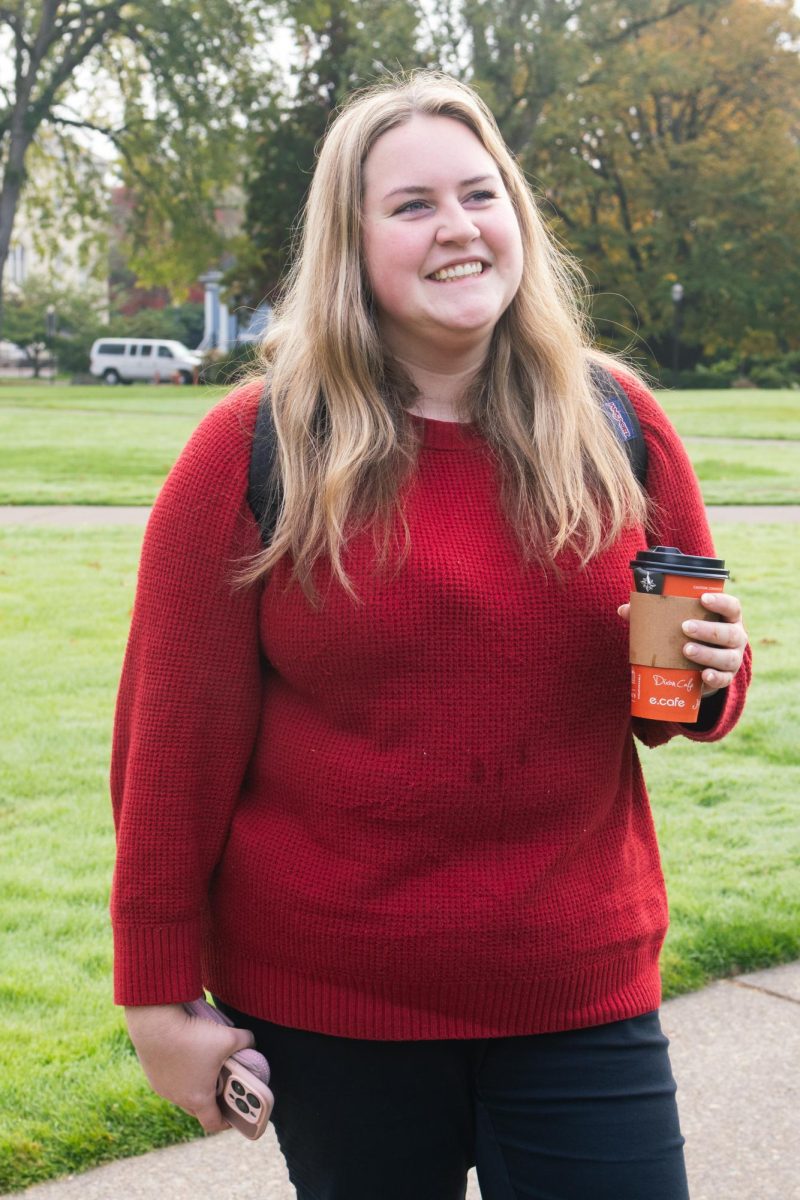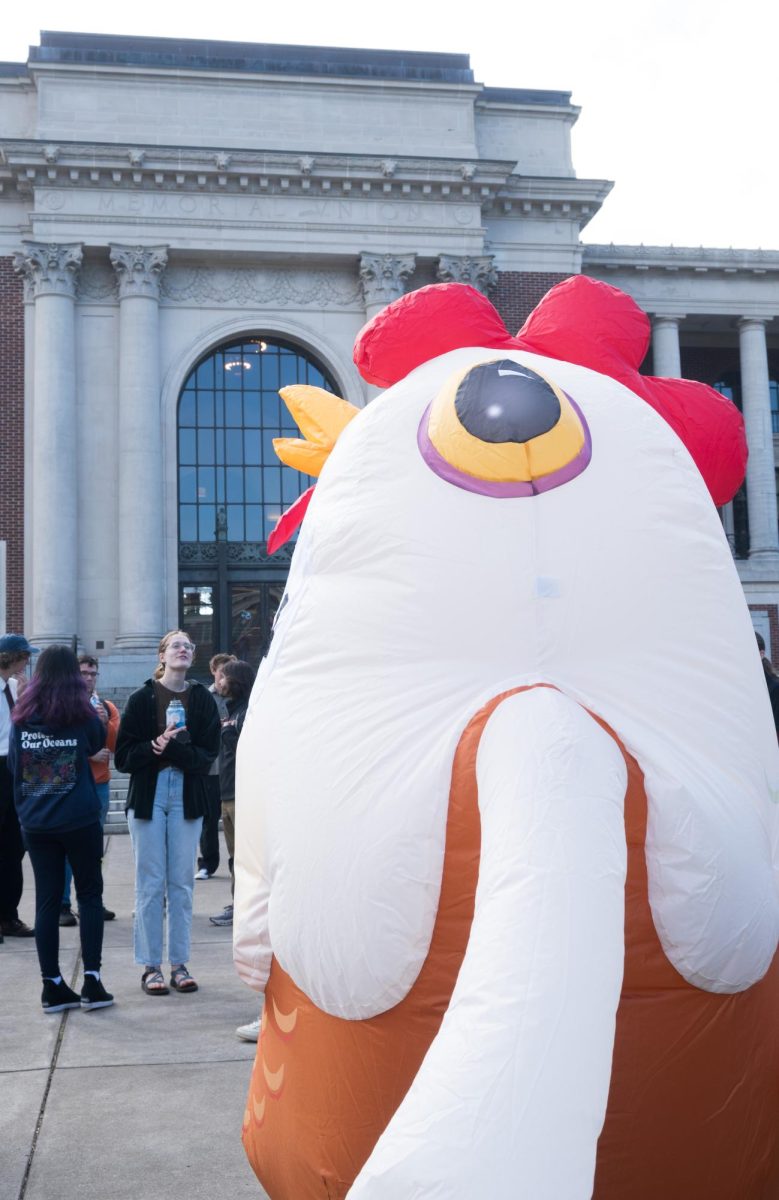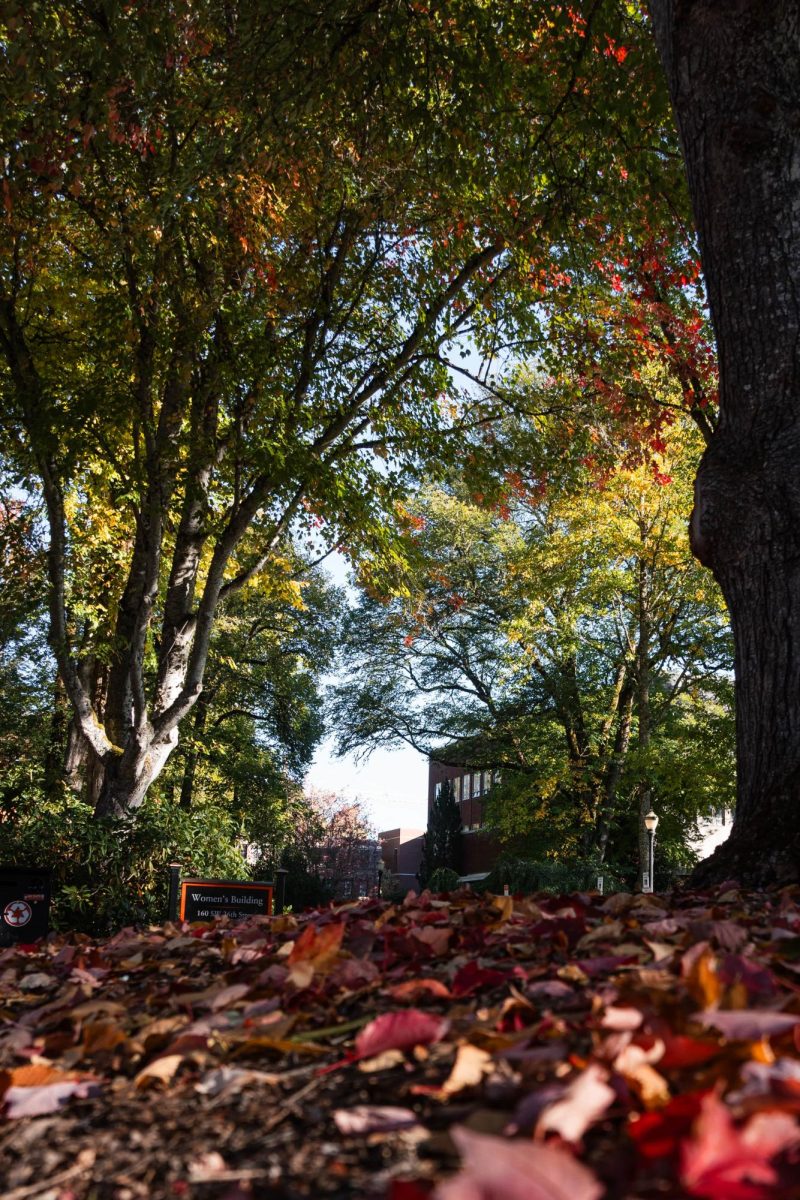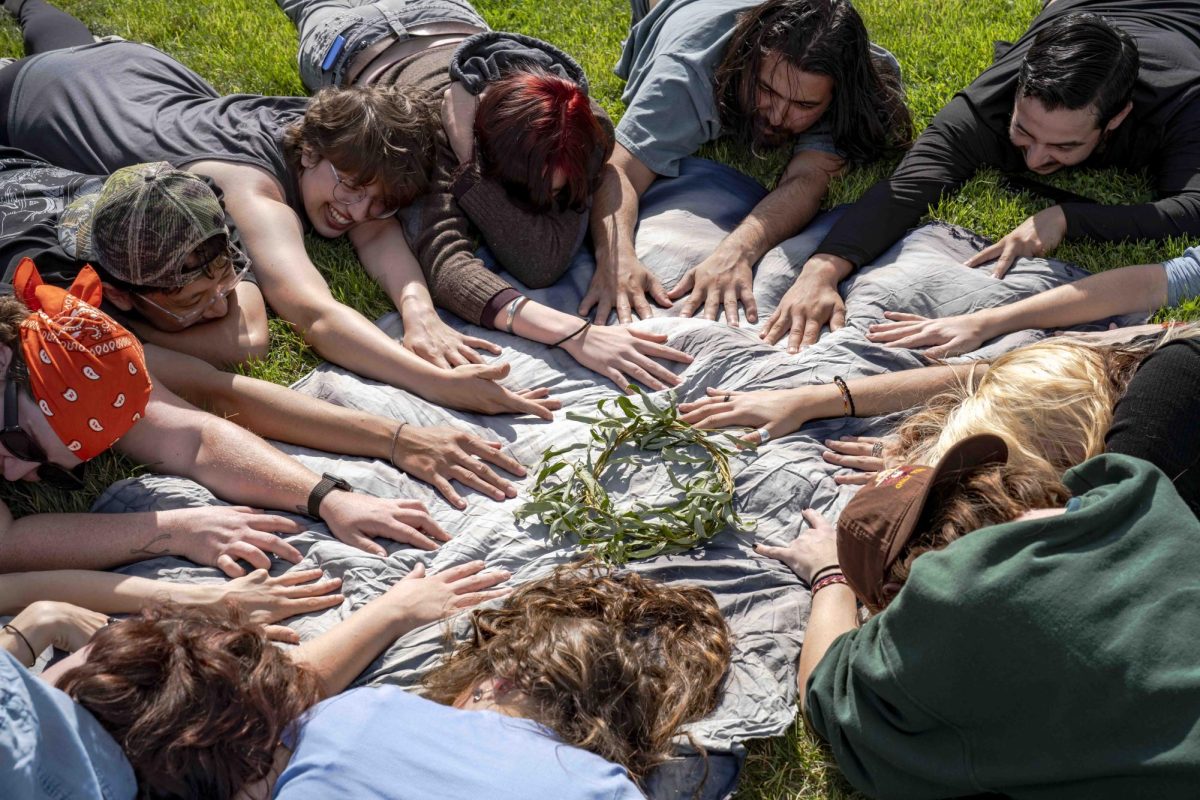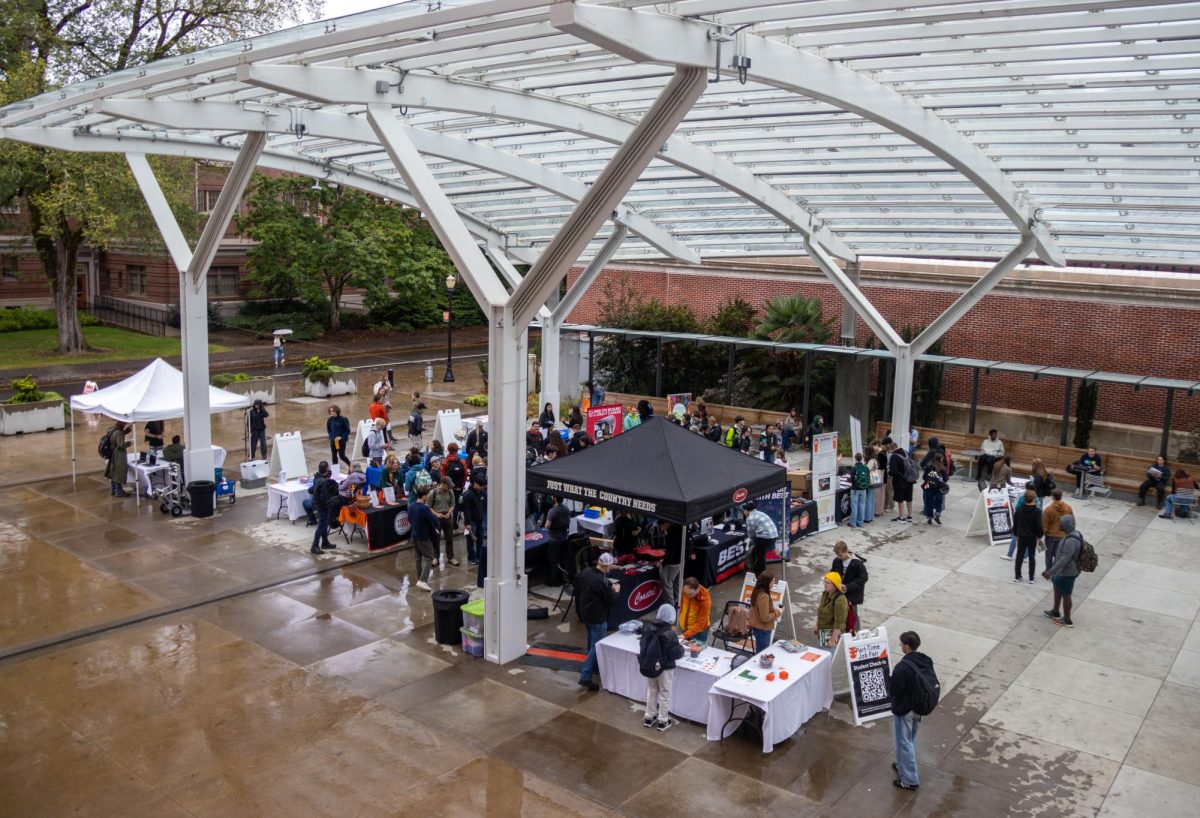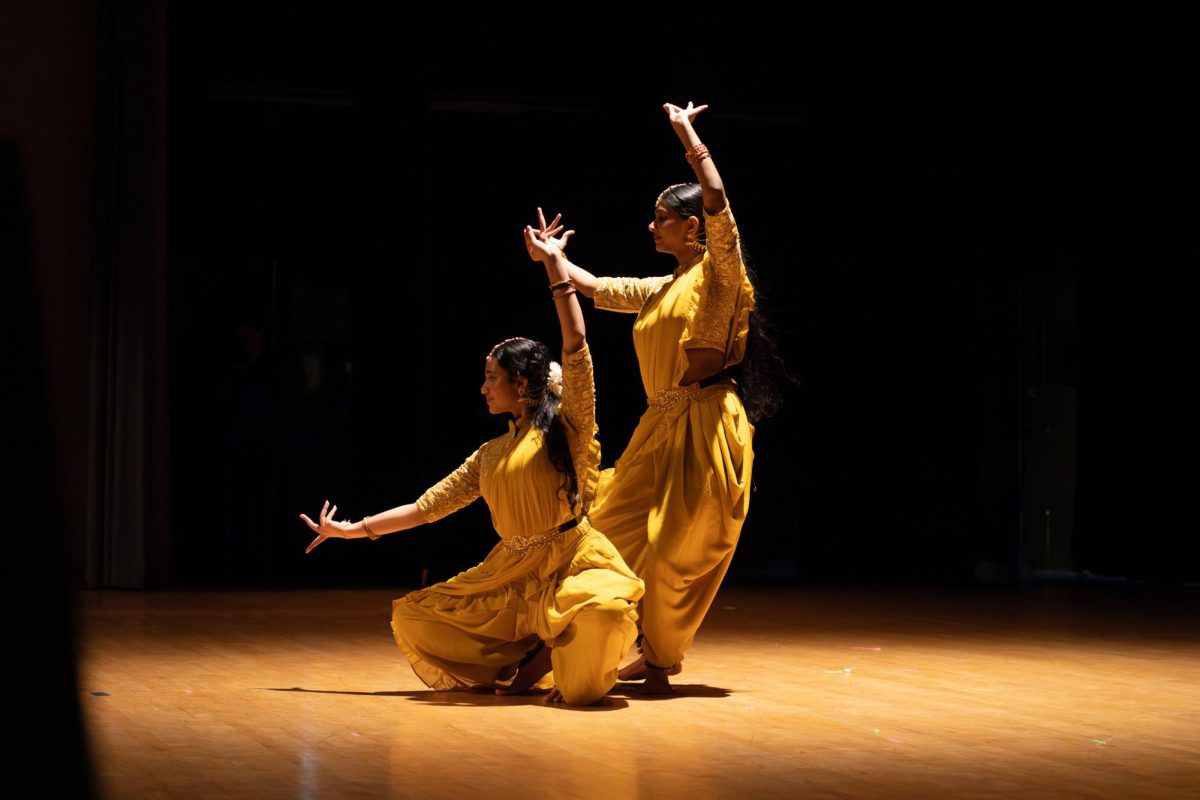As a dancer leaps through the air, achieving weightlessness for a picturesque second, a series of whirrs and clicks sound off across a dozen or so cameras hidden in the audience.
The dance goes on, the dancer’s limbs lengthening and bending with precision – power. A camera rises out of the audience and a lone click captures a different moment.
When the dancer strikes their next picturesque pose, other photographers will be there to capture it, but Randall Millstein seeks to capture something else. As both a photographer and planetary astronomer by training, it’s the motion, power and ferocity of the dancers that he trains his lens on.
At the intermission, a patron gets his attention. As she heard the flood of clicks and cameras capturing a moment in somewhat unison, she admired when Millstein’s camera captured a moment more than the mass of other patrons.
Millstein began to think about what she had pointed out as the performance went on.
“I started listening to myself and the dance would be in a certain position and you’d hear, click-click-click-click,” Millstein said. “And then mine would go off at a different time.”
Millstein originally went to college to study photography, and successfully completed his fine arts degree for it.
“Taking pictures is fine, but what you’re doing is you are showing people how you view the world and some people are going to like it and some people aren’t, that’s fine,” Millstein said. “But I wanted to know how it all worked, how the world and universe worked.”
So he went back to school and finished degrees in planetary science, specializing in astrogeology. During this time, he was also working as a petroleum geologist and discovered a buried impact crater in Michigan, sparking his interest in the physics of how impacts take place.
Millstein’s own photography hangs in his Weniger Hall office, a small gallery of night skies and the streaks of comet tails over a couch. During an eclipse, he’ll snap a solar lens onto his camera and photograph the planetary phenomenon– but this makes up only a sliver of his photography.
“Through just a quirk of fate, I started to shoot pictures of professional dancers about 20 years ago,” Millstein said.
All photographers have their own unique style, but, according to Milstein, others have noted the particular uniqueness of his. According to Millstein, they can always tell in a group of photos which ones were snapped by his camera.
“You know, traditionally people shoot things like dancing, they want the exact perfect form. The dancer has to be in the exact perfect position with their foot, the exact perfect way because they want to have the perfect arabesque picture,” Millstein said, referring to the one-legged ballet pose. “That doesn’t interest me in the least.”
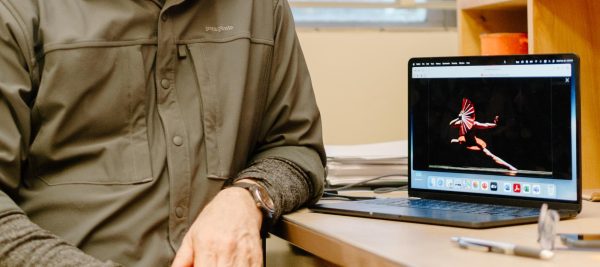
(Taylor Cockrell, OMN Photographer)
According to Millstein, photography is all physics to him, and it translates into the types of moments he seeks to capture. The energy, motion, power, light and sound -– topics intimate to both a planetary scientist and dance – come to the forefront.
Millstein recalled one of the “greatest compliments” he had ever received from a dancer at the Oregon Valley Theater. After giving her a photograph he had taken at one of her performances, “she said she loved the picture so much because it made her look fierce.”
If there’s anything Millstein has learned from his interdisciplinary roles as an artist and scientist, it’s, especially for students, to “be creative all the time.”
As college students, often finding ourselves at career crossroads, Millstein understands the pressure of being pigeonholed into one category – left brain or right brain, art or science, engineering or humanities.
“Have an outlet? Don’t stop. If you enjoy playing music, but you are also trying to do something else, maybe in school or career wise, you know what?” Millstein said. “Keep that guitar. When you’re feeling stressed, play guitar, all a hobby is something that brings you joy.”

